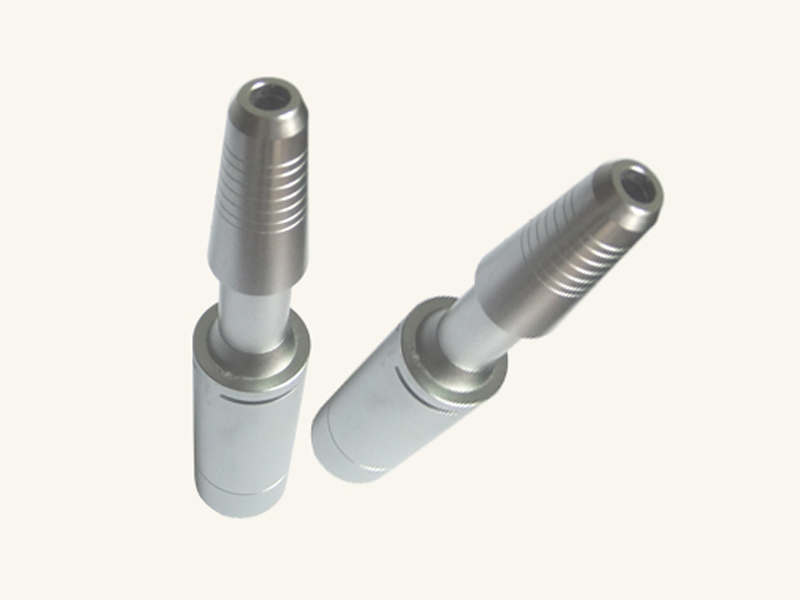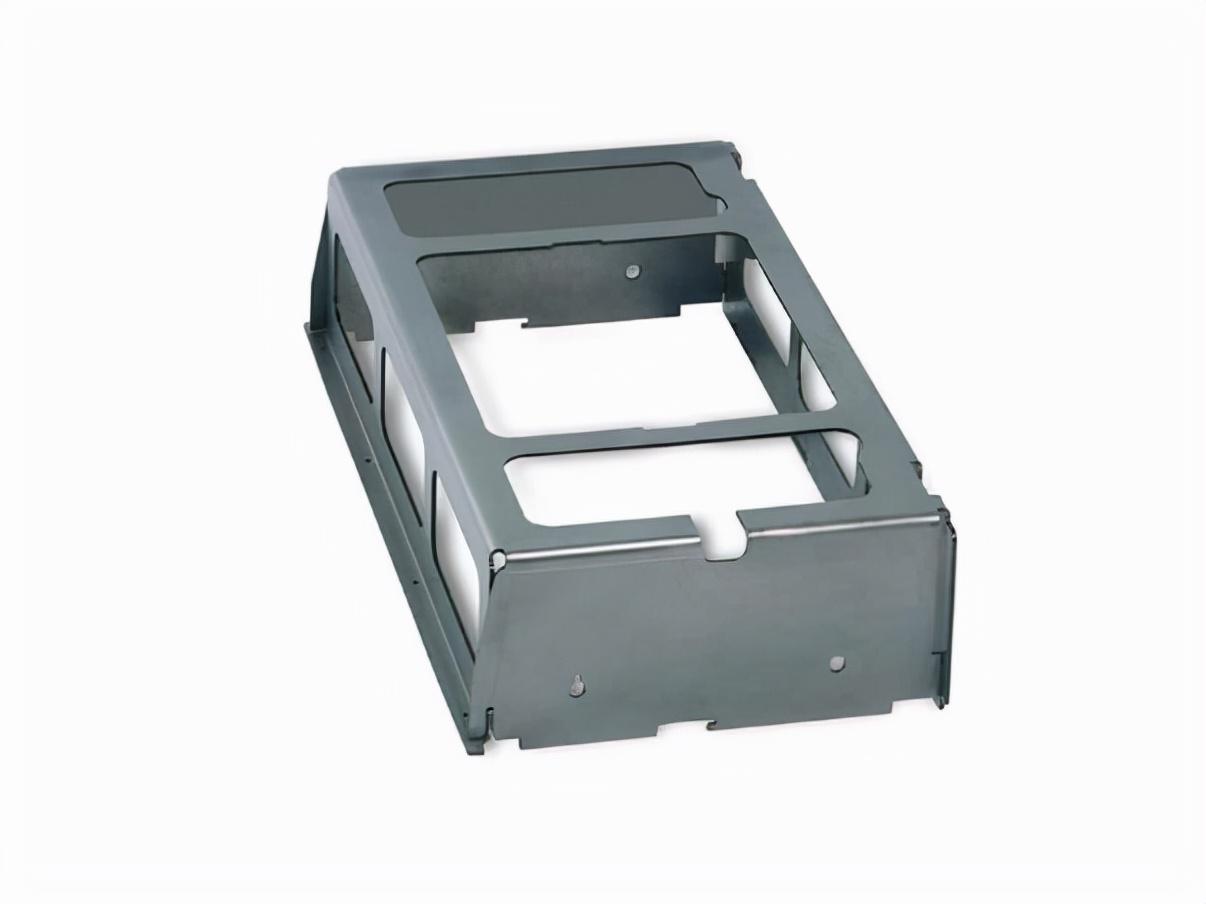What is 5-axis machining
This is a program that involves using CNC to simultaneously move cutting equipment or different parts on five different axes. This provides space for producing highly complex parts, which is why 5-axis CNC milling is very common in aerospace operations. A significant factor contributing to the use of 5-axis CNC machine tools is the need to improve proficiency and reduce the production time required from the beginning to the end of the actual process.
The ability to avoid collisions with fixed equipment parts through rotating workbenches or cutting tools provides space for quickly approaching the shape of the parts, which is another influencing factor. Then, by rotating the worktable or cutting equipment to maintain the optimal cutting position and consistent chip load, the equipment life or lifespan can be improved.
5-axis machining of "5"
Five axis machining is a method of numerical control machining. The machining center we usually use is a three-axis machining center. 3-axis refers to the X-axis, Y-axis, and Z-axis of the machining center. A five axis machining center is a system that adds two rotational axes to the three common linear axes of X, Y, and Z, also known as the fourth and fifth axes. A. Two of the three axes B and C have different motion methods in a vertical machine to meet the technical requirements of various products.
The five primary methods of a five axis machine
There are many types of five axis machine tools for horizontal machining centers, with the following five methods being the first: the double turn back method, where two rotating coordinates directly control the direction of the tool axis; 2. The downward rotation method involves two coordinate axes at the top of the tool, but the rotation axis is not perpendicular to the linear axis; The third method is the dual turntable method, where two rotational coordinates directly control spatial rotation; 4. Pendant workbench with two axes on the workbench, but the rotation axis is not perpendicular to the axis; The fifth one is one swing and one rotation, with two rotational coordinates, one on the tool and one on the workpiece.
Five axis machining
Varieties of Five Axis CNC Machine Tools
There are several operations that can save you a lot of time and enhance your program on a 5-axis CNC machine. These machines come in multiple varieties to meet the increasing demands of the manufacturing industry. The common difference between 5-axis CNC machine tools is the placement of the rotating axis. They are divided into three different types, including head/head, table/table, and table/head.
a. Head/Head
The rotating shaft of this type of CNC machine is located at the head. They are made of 5-axis vertices located on a specific platform and moved by a fixed worktable to keep the workpiece in place. So you don‘t need to worry about tool interference on the spindle head of the machine tool. This gives vertices the opportunity to move around specific parts, making 5-axis CNC machines a better choice for producing large parts. Due to their planning, their motion is generally limited in terms of rotation axis and tilt.
b. Table/Head
In this type of machine setup, one rotating shaft is located in the turntable and the other is located in the machine head. The rotation axis is located at the head and has a limited range, while the rotation axis is located in the table and has an unconstrained range. Because the parts are placed on the rotating axis, this placement is constrained by the number of items it can produce. One slightly advantageous way to set up this breed compared to head/head types is that it can consistently rotate parts without worrying about reaching specific constraints.
c. Table/Table
Here, all the rotating axes of the machine are located within the workbench, and the range of the rotating axes is also constrained. The range of its rotation axis is not constrained. Compared with other types, this type of machine has a smaller working range for placement. Others are equipped with clear motors to make them work quickly.
Five axis machining ≠ Five sided machining
There is a significant difference between 5-axis machining and 5-sided machining. Many people are unaware of this and mistakenly mistake 5-sided machining for 5-axis machining. 5-axis machining has 5 axes: x, y, z, a, and b (or c). x. The y, z, a, and b axes (or c) form a 5-axis linkage machining. Suitable for hook surface processing, irregular processing, hollow processing, punching, oblique hole, and oblique cutting. 5-sided machining is similar to 3-axis machining. Only five surfaces can be processed, and special processing, oblique holes, cutting angles, etc. cannot be done.


 Spanish
Spanish Arabic
Arabic Spanish Basque
Spanish Basque Portuguese
Portuguese Belarusian
Belarusian Japanese
Japanese Russian
Russian Icelandic
Icelandic Bulgarian
Bulgarian Azerbaijani
Azerbaijani Estonian
Estonian Irish
Irish Polish
Polish Persian
Persian Boolean
Boolean Danish
Danish German
German French
French Filipino
Filipino Finnish
Finnish Korean
Korean Dutch
Dutch Galician
Galician Catalan
Catalan Czech
Czech Croatian
Croatian Latin
Latin Latvian
Latvian Romanian
Romanian Maltese
Maltese Malay
Malay Macedonian
Macedonian Norwegian
Norwegian Swedish
Swedish Serbian
Serbian Slovak
Slovak Slovenian
Slovenian Swahili
Swahili Thai
Thai Turkish
Turkish Welsh
Welsh Urdu
Urdu Ukrainian
Ukrainian Greek
Greek Hungarian
Hungarian Italian
Italian Yiddish
Yiddish Indonesian
Indonesian Vietnamese
Vietnamese 简体中文
简体中文 Haitian Creole
Haitian Creole






